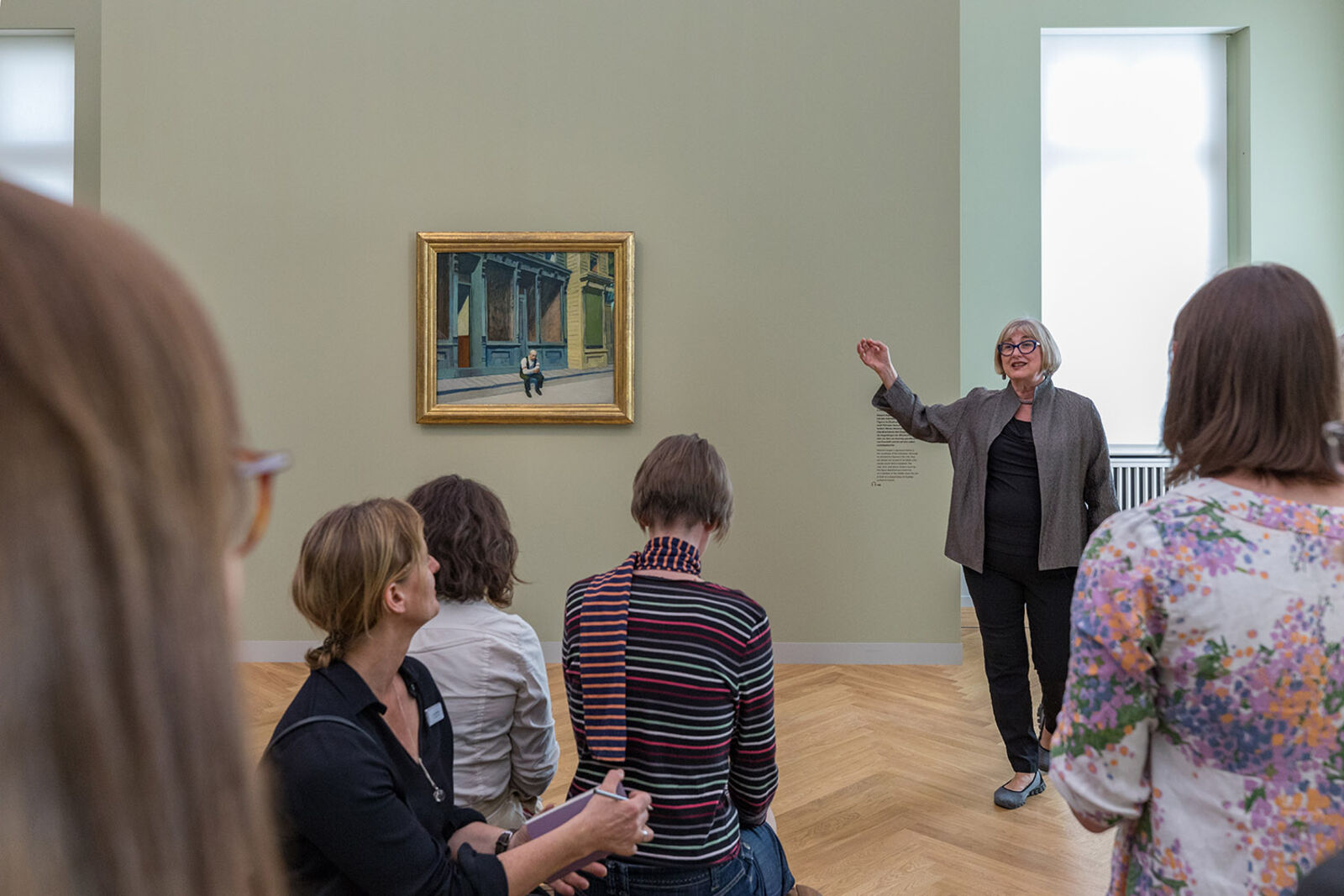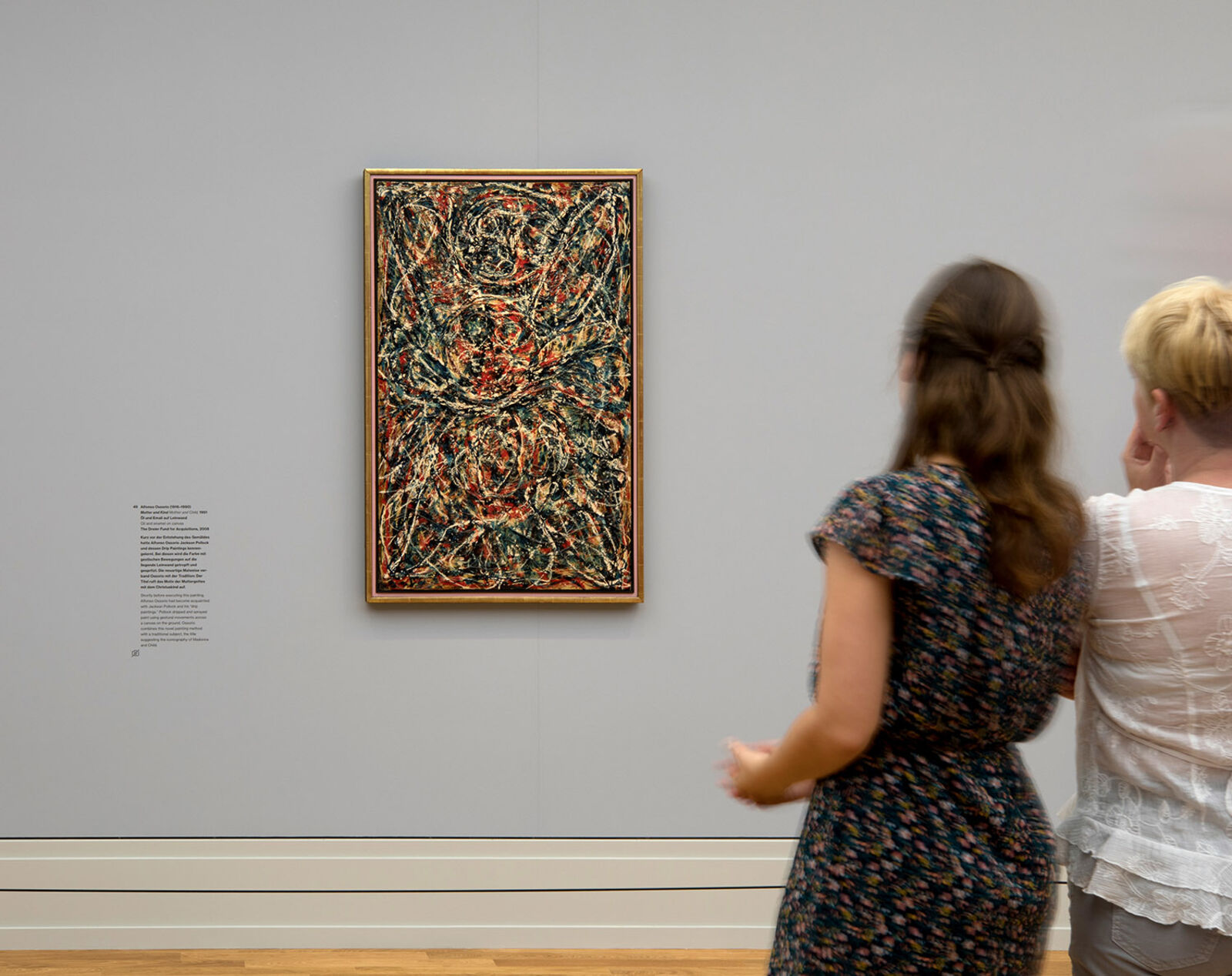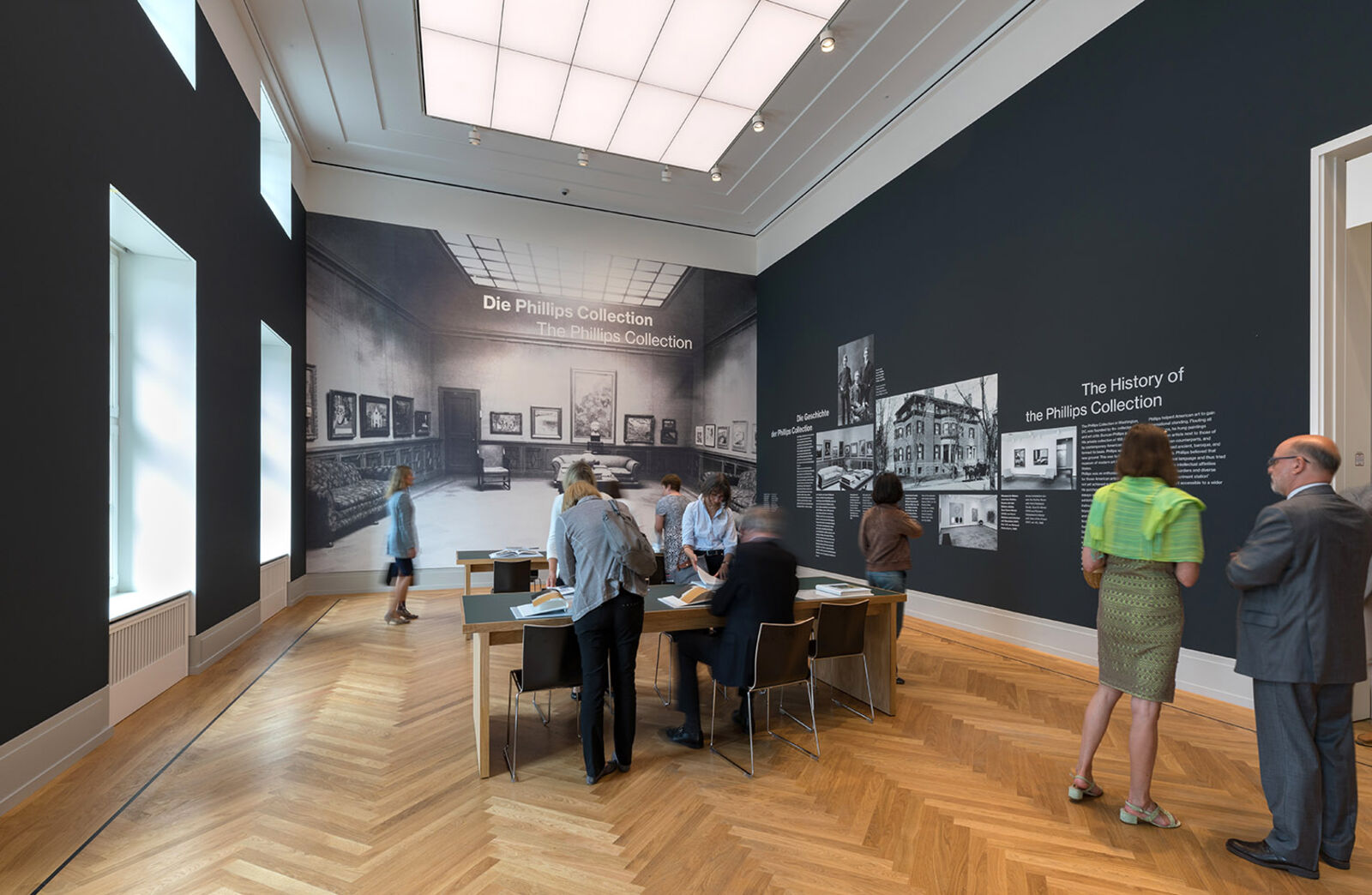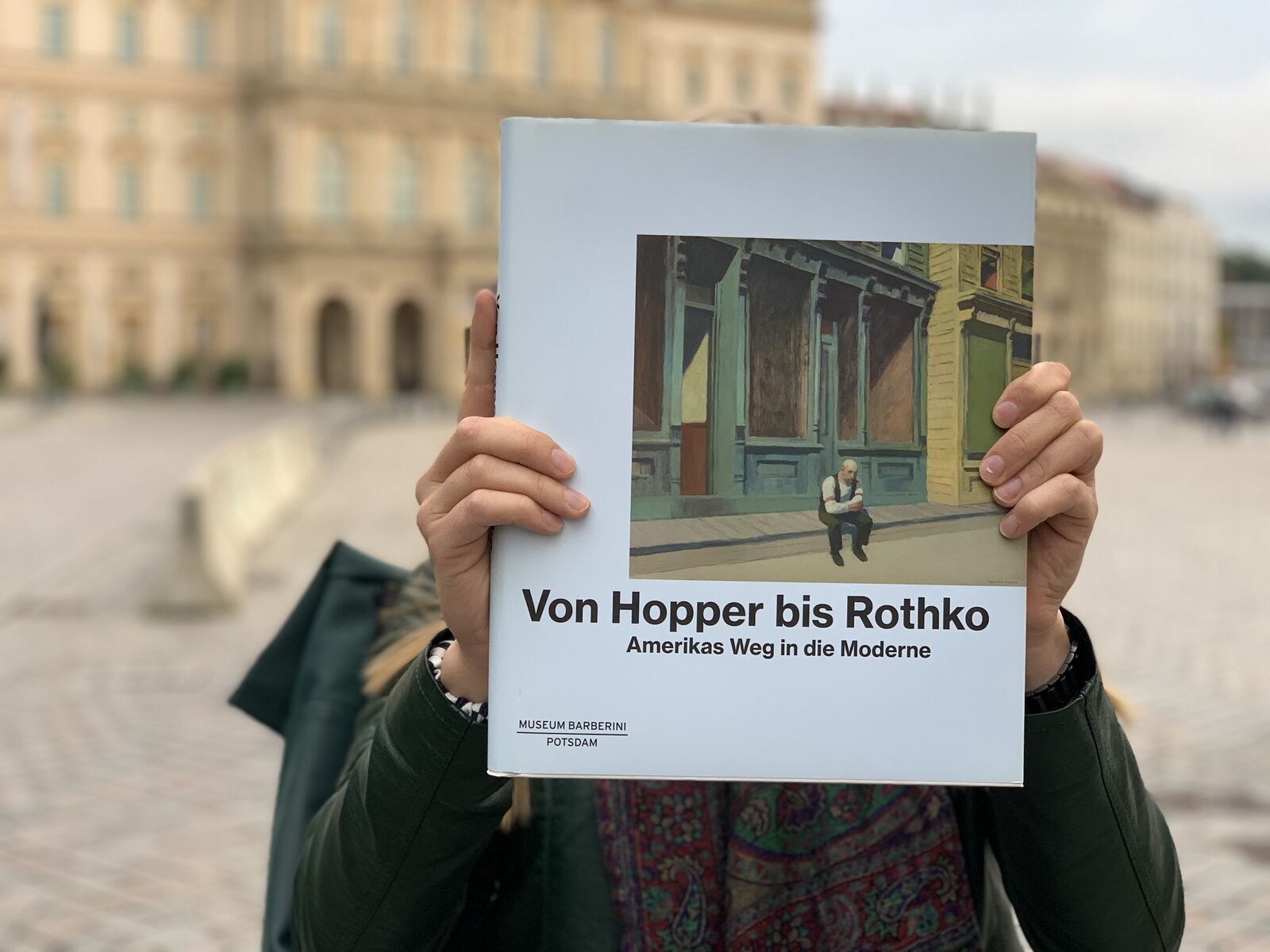
From Hopper to Rothko: America’s Road to Modern Art
From Hopper to Rothko traced the development of American painting in the first half of the twentieth century. In this exhibition the Museum Barberini presented the holdings of the Phillips Collection for the first time in Germany.
American art from the first half of the twentieth century is still little known in Europe due to the fact that European museum collections lack points of reference to artists who were central to American modernism, such as Albert Pinkham Ryder, Arthur G. Dove, Milton Avery, and Richard Diebenkorn. In the exhibition From Hopper to Rothko the Museum Barberini examined the development of American art with the first comprehensive presentation of the Phillips Collection in Germany.
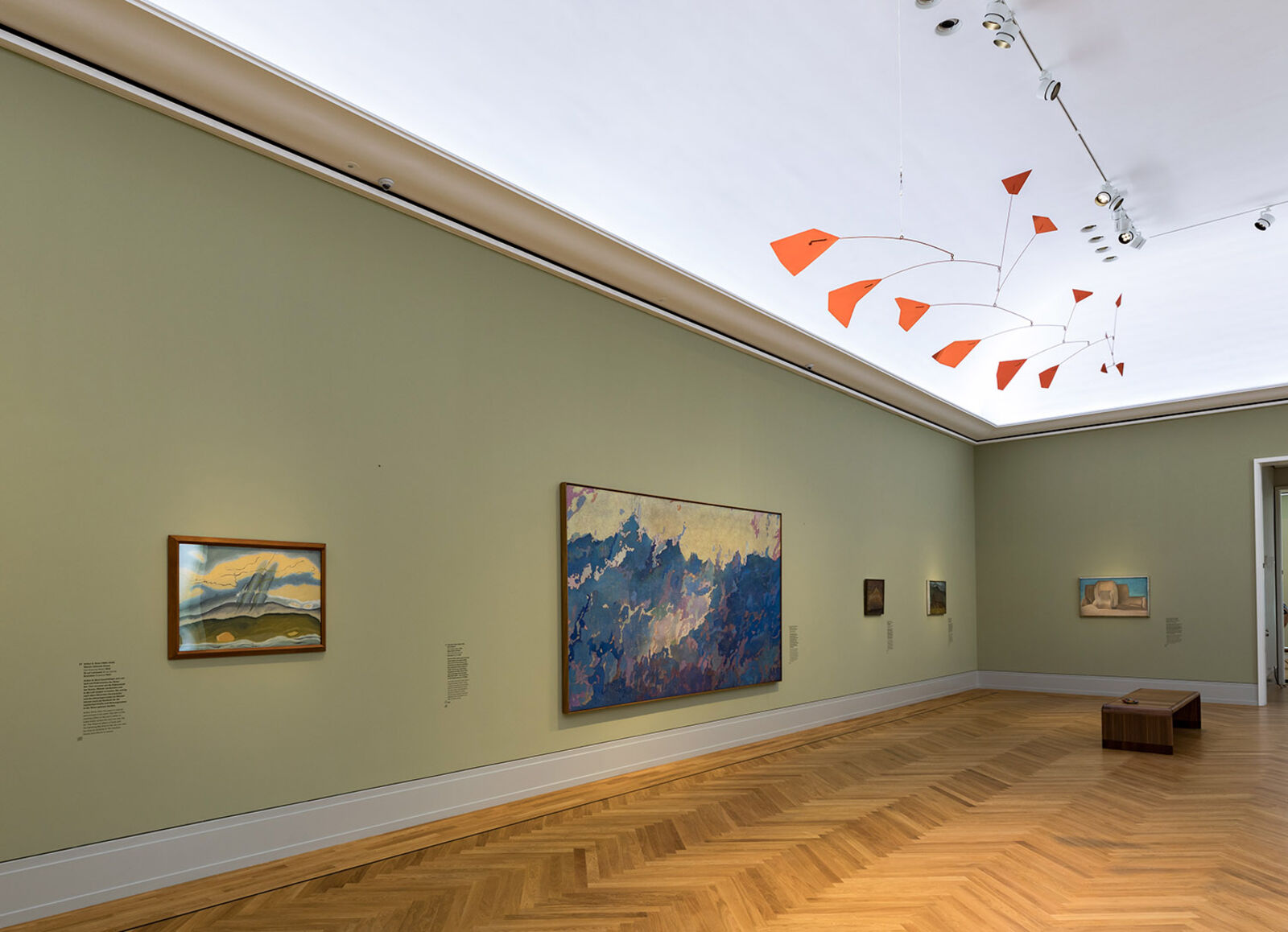
Helge Mundt
Ortrud Westheider, Director, Museum Barberini“Like Duncan Phillips, Hasso Plattner collects the French Impressionists along with contemporary American painting. The cooperation of the nearly one-hundred-year-old Phillips Collection with the new Museum Barberini on the exhibition From Hopper to Rothko: America’s Road to Modern Art is a wonderful opportunity to offer a panorama of diverse topics and styles from Impressionism to Abstract Expressionism, taking visitors from landscapes, portraits, and cityscapes to Color Field Painting”
Three central themes defined American painting until 1945: landscapes, portraits, and cityscapes. There was a parallel movement toward abstraction that culminated in Abstract Expressionism after 1945, making New York City the new center of the art world. Examples from the Phillips Collection highlight all of these developments.
The Phillips Collection opened in 1921 — prior to the founding of the Museum of Modern Art and the Whitney Museum of American Art — as the first American museum dedicated to modern art. The art critic and patron of the arts Duncan Phillips (1886–1966) championed and supported American artists of his generation and exhibited their works in his museum with European art from all eras. Phillips’s view of art as a universal language that transcends national schools and eras endures to this day as an inspiration to others.
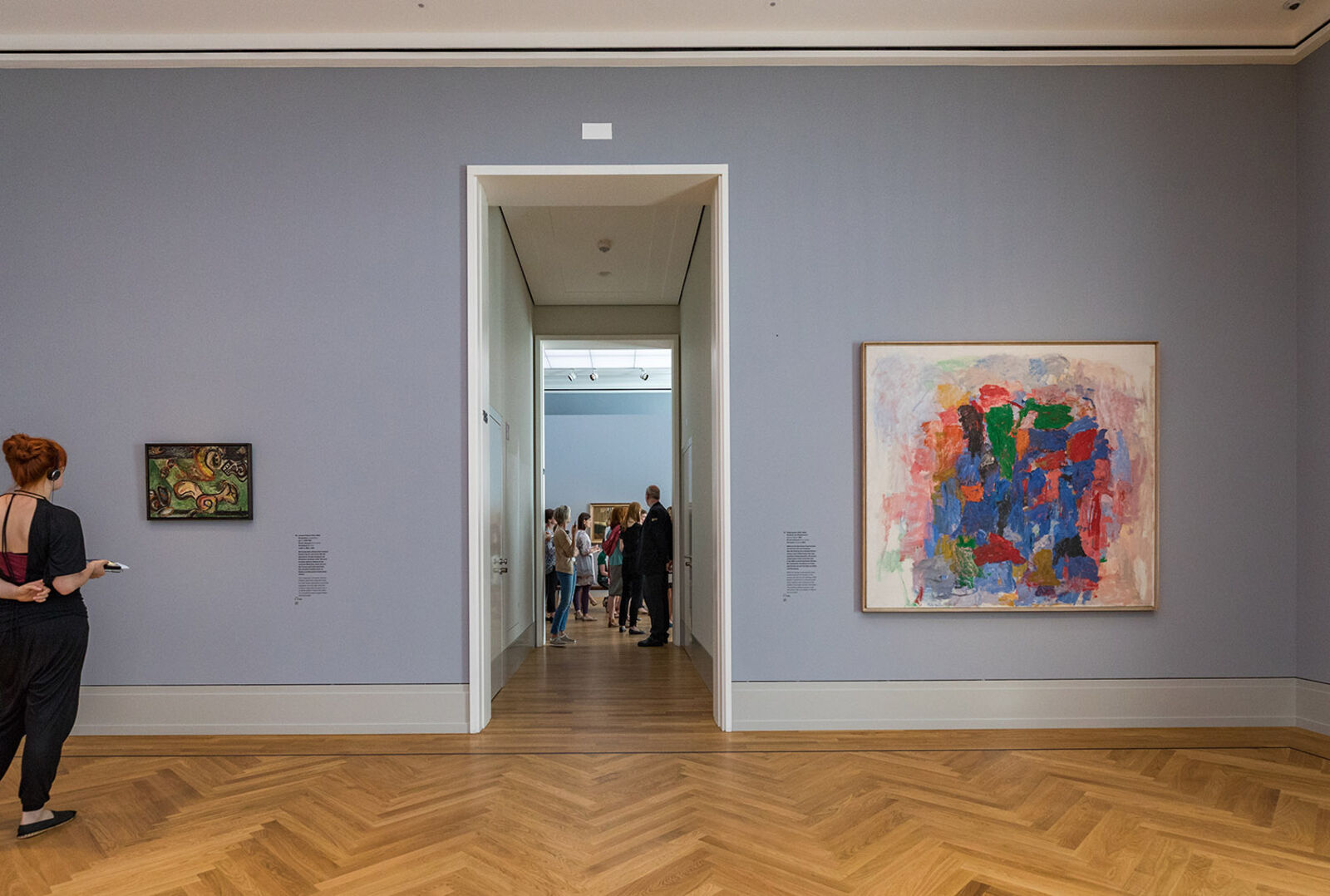
Helge Mundt
The exhibition presented works by Josef Albers, Milton Avery, George Bellows, Elmer Bischoff, Edward Bruce, Alexander Calder, Ralston Crawford, Arthur B. Davies, Richard Diebenkorn, Paul Dougherty, Arthur G. Dove, Thomas Eakins, Louis Michel Eilshemius, Sam Francis, Helen Frankenthaler, William Glackens, Adolph Gottlieb, Philip Guston, Marsden Hartley, Childe Hassam, Stefan Hirsch, Winslow Homer, Edward Hopper, George Inness, Rockwell Kent, Karl Knaths, Walt Kuhn, Ernest Lawson, Morris Louis, John Marin, Robert Motherwell, Kenneth Noland, Kenzo Okada, Georgia O’Keeffe, Alfonso Ossorio, Guy Pène du Bois, Jackson Pollock, Maurice Prendergast, Theodore Robinson, Mark Rothko, Albert Pinkham Ryder, Charles Sheeler, John Sloan, Theodoros Stamos, Clyfford Still, Augustus Vincent Tack, Bradley Walker Tomlin, John Henry Twachtman, Julian Alden Weir, and Harold Weston.
An exhibition of the Phillips Collection, Washington, D.C., in collaboration with the Museum Barberini, Potsdam.
Retrospect
More than 140,000 guests visited the exhibition, and around 960 tours and workshops were offered. In addition to tours, events also included a concert by the Kammerakademie, a film program in the Filmmuseum, and lectures and readings by speakers including author Christoph Hein.
Reviews
Media Partners
